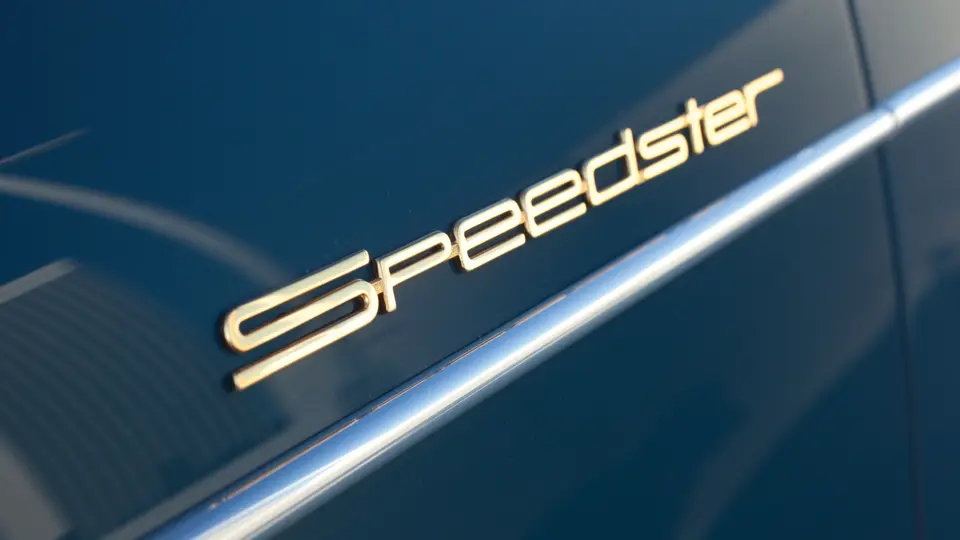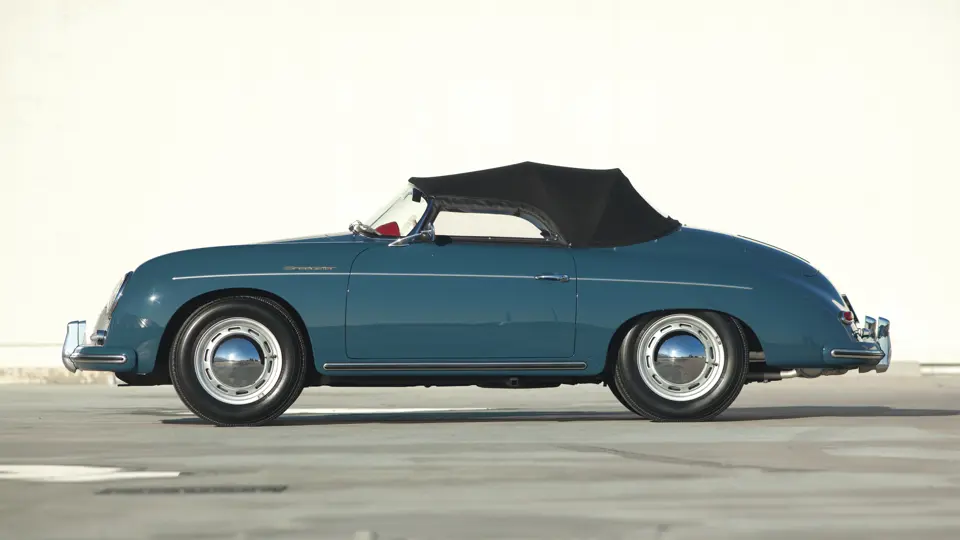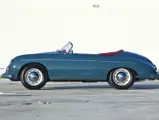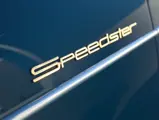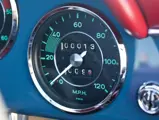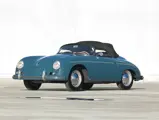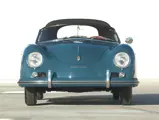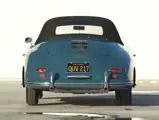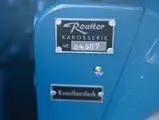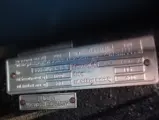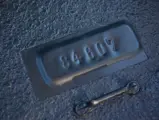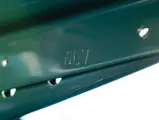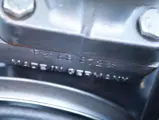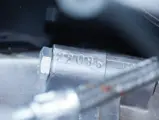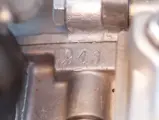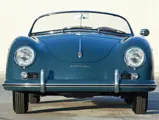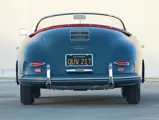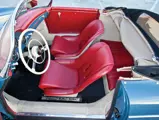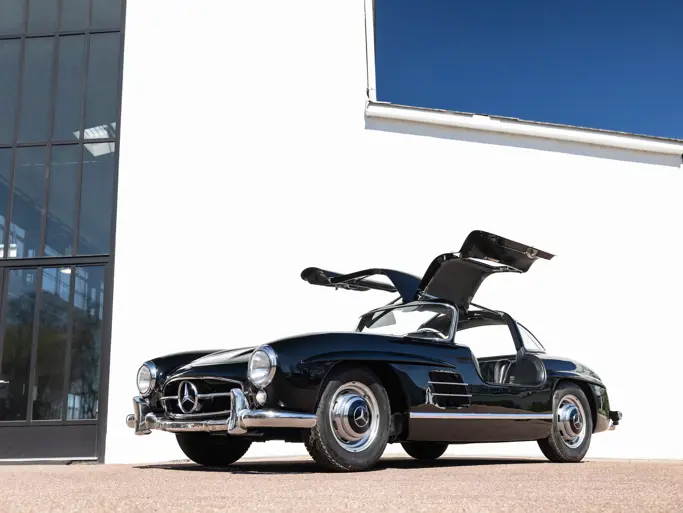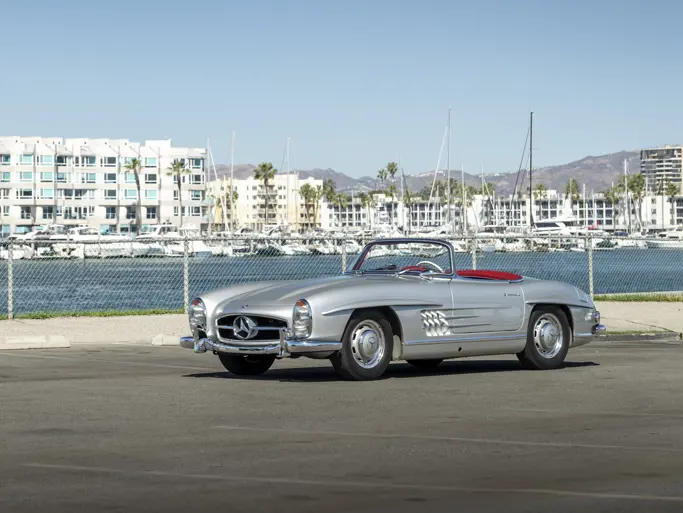70 bhp (SAE), 60 bhp (DIN), 1,582 cc OHV air-cooled, horizontally-opposed four-cylinder engine, four-speed manual gearbox in rear transaxle, four-wheel independent suspension with parallel trailing arms, transverse laminated torsion bars and anti-roll bar at front, swing axles with transverse torsion bars at rear, and four-wheel hydraulic drum brakes. Wheelbase: 82.7"
• Stunningly restored by renowned marque expert Tim Goodrich
• Matching numbers; multiple awards; featured in The Robb Report
• Accompanied by the Porsche Certificate of Authenticity
In developing the groundbreaking 356, Ferry Porsche, the son of engineering legend Dr. Ferdinand Porsche, created both the cornerstone of the Porsche empire and the patriarch of a race-winning model lineage. By the early 1950s, the 356 had been relentlessly developed into one of the world’s most respected sports cars, a remarkable feat considering that Porsche had yet to celebrate its 10th anniversary.
Based largely on the Gläser-built 356 America of 1953 and even retaining its Type 540 designation, the Reutter-built Speedster debuted in 1954. The Speedster’s existence is owed in large part to Porsche’s U.S. importer, Max Hoffman, who astutely recognized the special needs of the U.S. market and convinced his European partners to build specific models to meet them. Conceived to meet a somewhat lower price point, the Speedster was quite Spartan in its appointments. Priced at $2,995, the seats were simple and the top small, with nonexistent roll-up windows replaced by a pair of side curtains. Freed of the 356 Cabriolet’s traditional appointments, the Speedster’s improved performance and lowered price generated strong demand.
The Speedster certainly was a commercial success, offering its drivers an economical and elemental but characteristically Porsche driving experience. Along with the “regular” 356 models, the Speedster was upgraded with a 1.6-liter engine and established a formidable reputation on American racetracks in SCCA competition, with a youthful, even avant-garde, image to match. Porsche improved carburetion, added ZF worm-and-lever steering and made various mechanical changes, continually evolving the 356’s engineering and distancing itself further from its humble Volkswagen-based roots.
Perhaps a July 1955 Motor Trend test summarized the Speedster experience best:
Its size, power, easy shift and steering make it fun to drive...The brakes are extremely good...they get you out of situations where you may have delayed too long...For a sports car, and especially such a small one, the Porsche Speedster has a very smooth ride...There’s absolutely no wallowing when it comes out of a dip...
To say the 1958 356A Speedster presented here is exceptional is certainly an understatement. A lifelong California car, this Speedster was acquired by its second owner in its original, unmolested condition and, as such, provided the perfect ‘time capsule’ foundation for what is certainly one of, if not the, most comprehensive and authentic restoration of any Porsche 356 in existence. Tim Goodrich of Grants Pass, Oregon, generally considered one of the best Porsche 356 specialists in the business, performed the meticulous, two-year restoration with virtually no expense spared.
This car is the last of a handful of Speedsters ever restored by Mr. Goodrich, and according to marque experts it is considered the best and the most desirable of them. The Porsche family owns the others, which are displayed at the Porsche Museum in Stuttgart. Exhaustive care was taken to use only the original components and hardware, with every nut and bolt documented and restored—not replaced. Even the original carpet tacks remain in place. This level of obsessive detail extends to the original canvas tool roll, which was re-dyed to the correct original color, followed by the removal of the stitching, which was replaced at great effort with new threads of the factory-correct color using the original stitch-holes. Junior Conway, one of the industry’s finest painters, applied the original-specification Aquamarine Blue exterior finish at a reported cost of some $80,000.
Every show entered by the Speedster has resulted in a first-place finish, with its achievements spanning from the Porsche Parade in 2000, where it scored First Place and Best of Show with 299.3 points out of a possible 300, to a First in Class and Best of Show at the 2009 Dana Point 356 Porsche Concours. Completely inspected mechanically following acquisition by the current and very fastidious owner and currently stored at Hollywood, California’s famed Petersen Automotive Museum where it benefits from covered, climate-controlled storage and light exercise on the facility’s parking-garage roof every 10-14 days, the Speedster is reported to be in excellent mechanical condition, in keeping with its visual presentation, and remains simply impressive throughout. In testament to its incredibly high quality, the Speedster was profiled in the December 2010 “21 Ultimate Gifts” edition of the Robb Report.
The car is complete with the original books, the aforementioned and restored tool kit and its corresponding Certificate of Authenticity from Porsche, confirming it is a matching-numbers example. Driven only about 200 miles since restoration and virtually none in its current ownership, it remains outstanding in every way. The cost and time involved in finding an original, matching-numbers Speedster and restoring it to this caliber will far exceed this car’s catalogue estimate. A true benchmark of authenticity and quality, this final-year Speedster is ideally suited for the true Porsche enthusiast in search of what must surely be the finest example presently available.


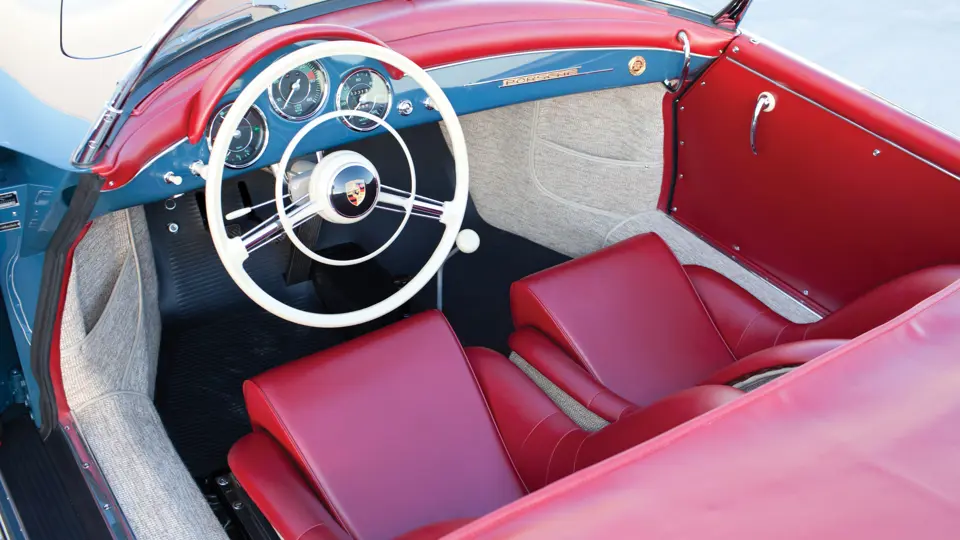

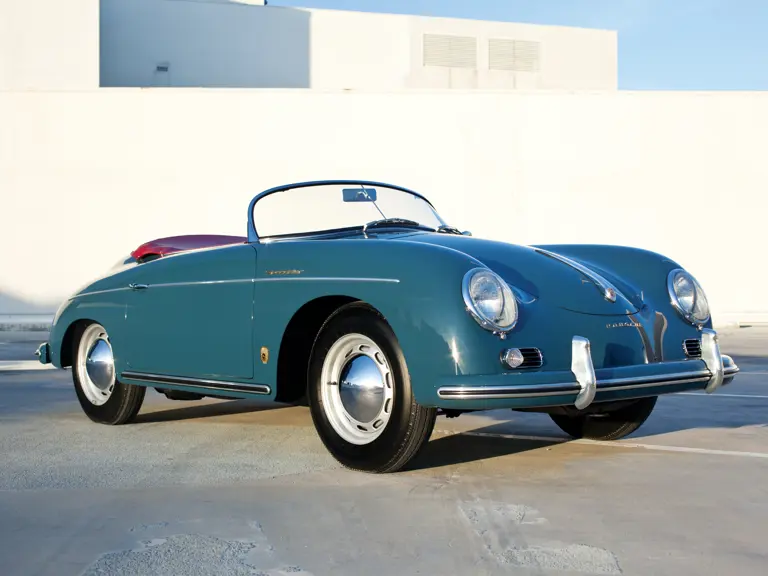
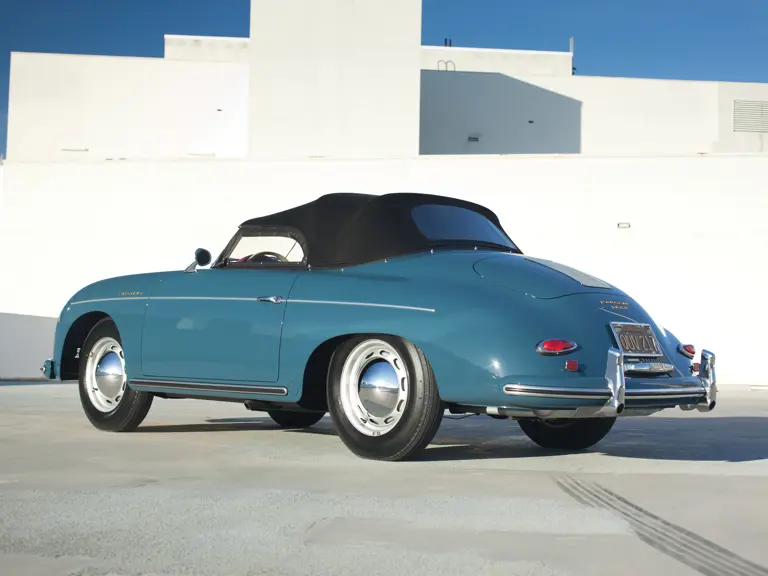
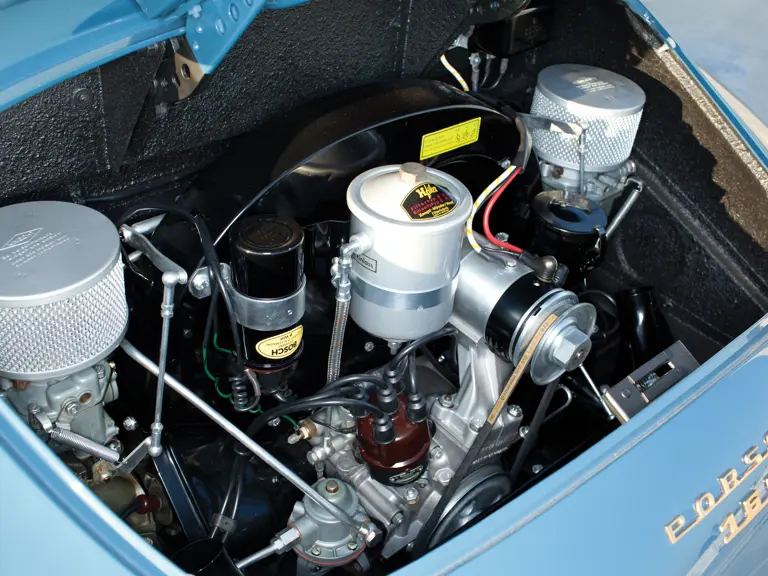
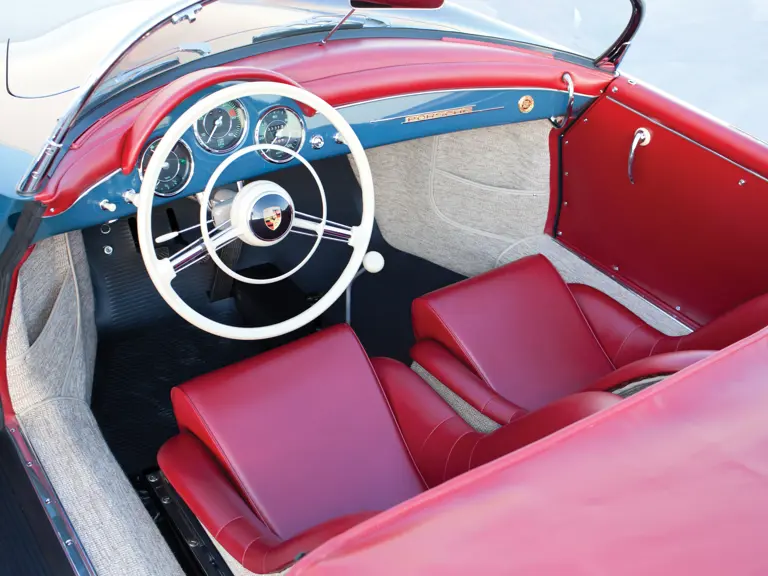
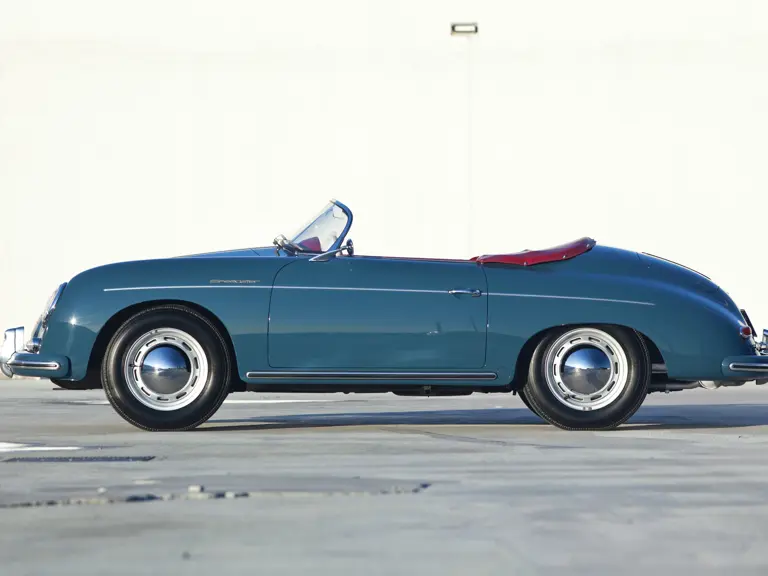
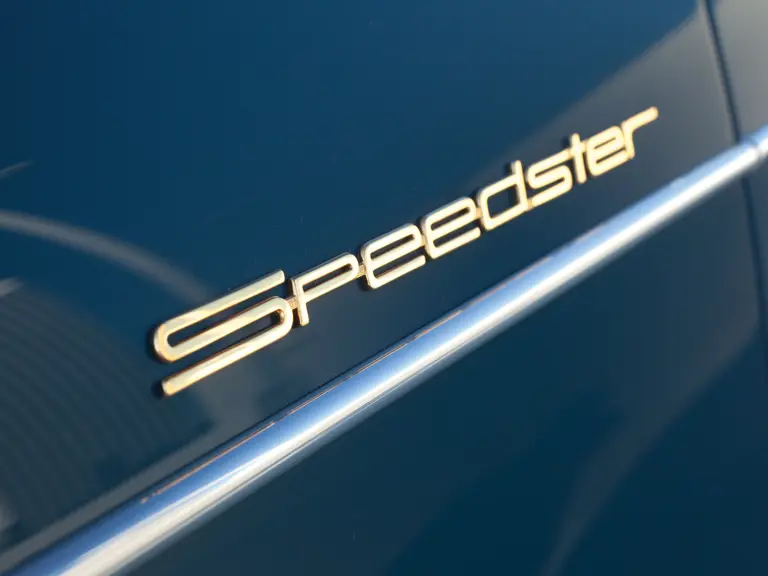


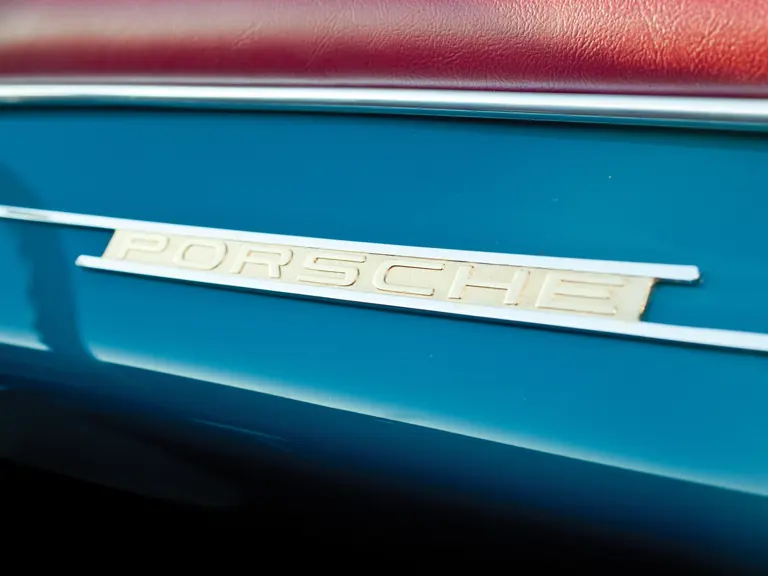
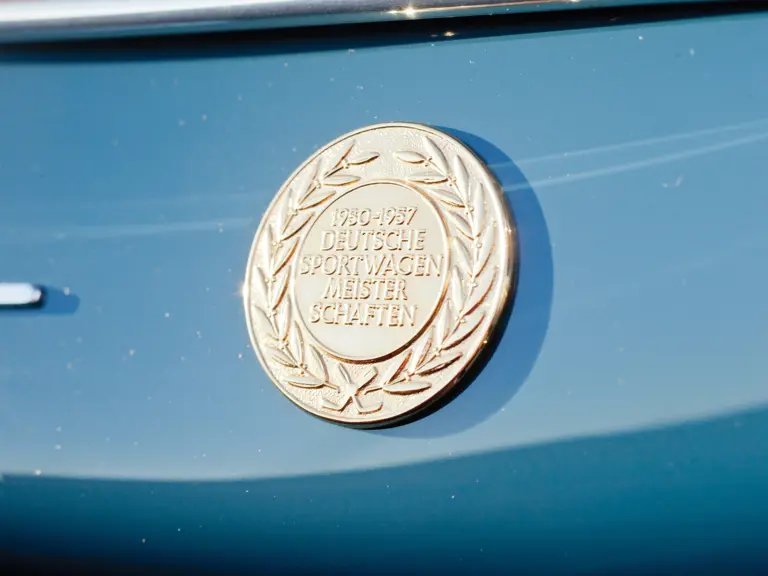
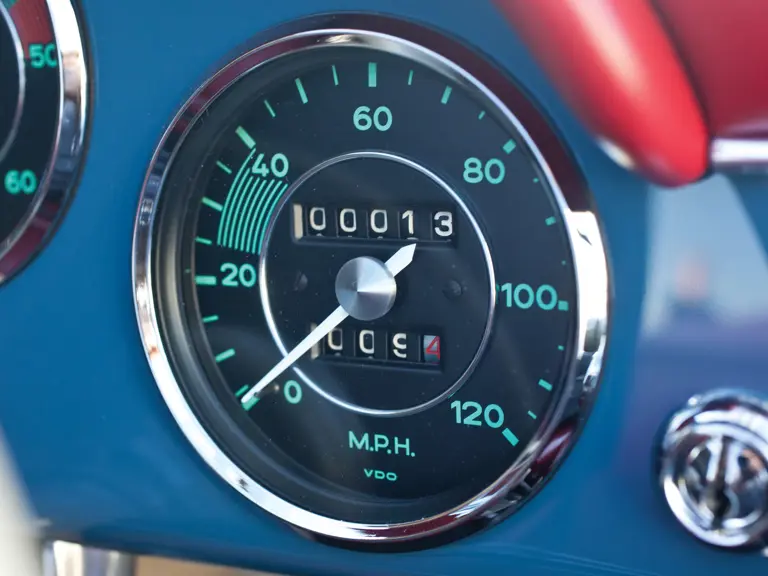
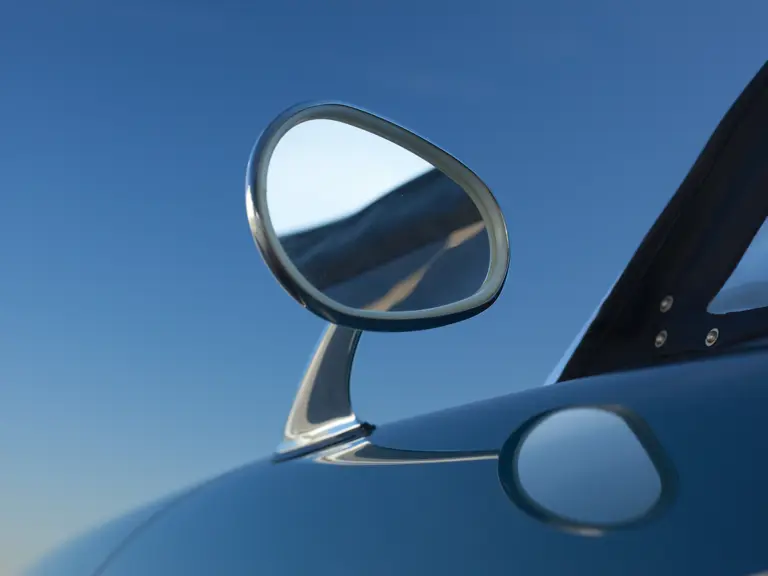
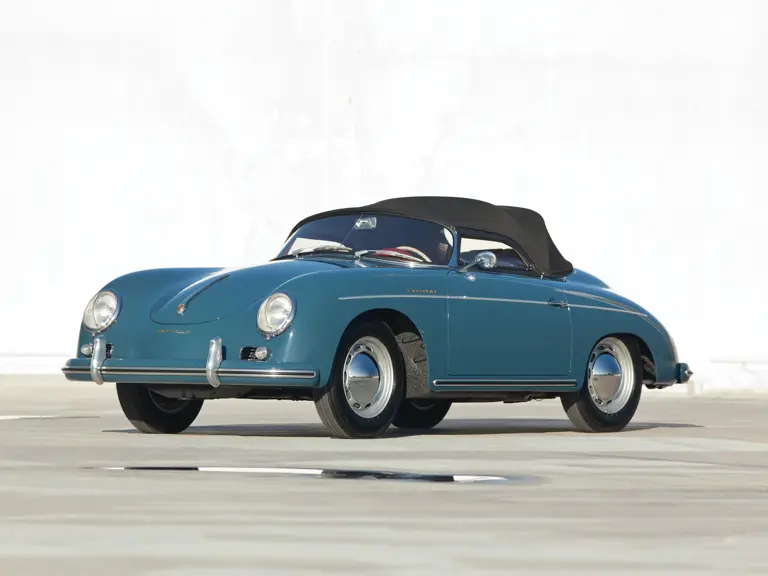

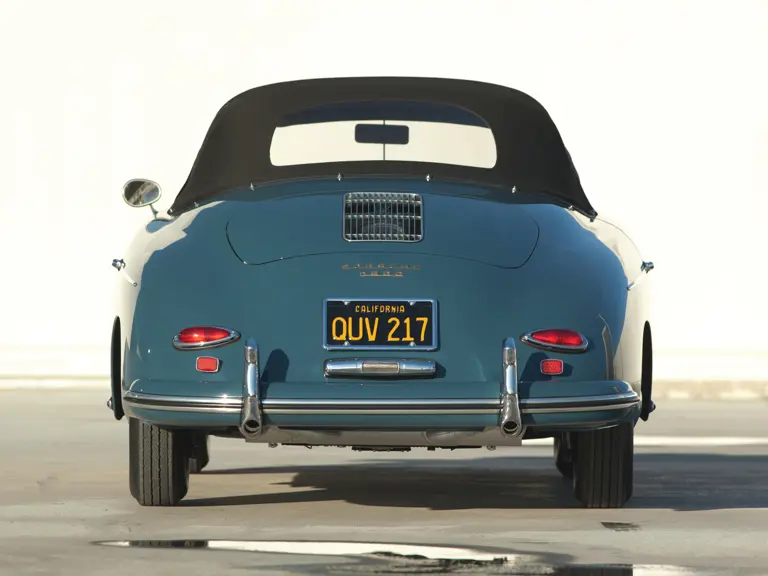
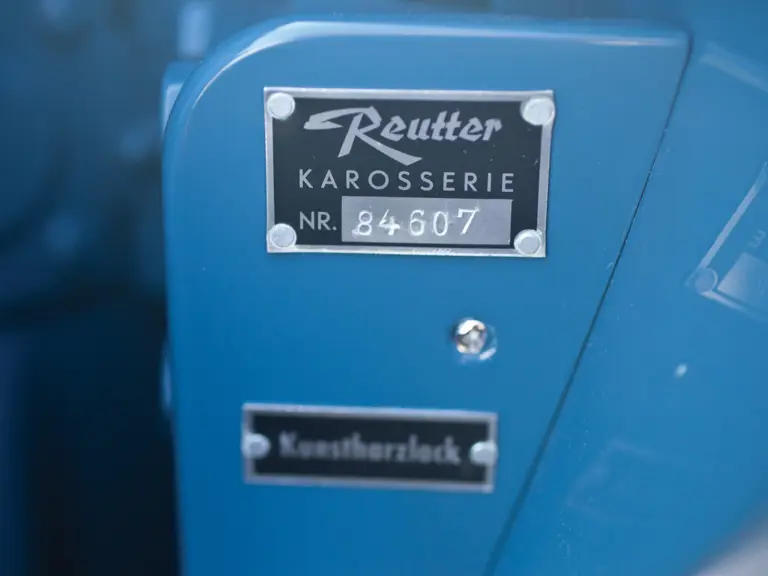
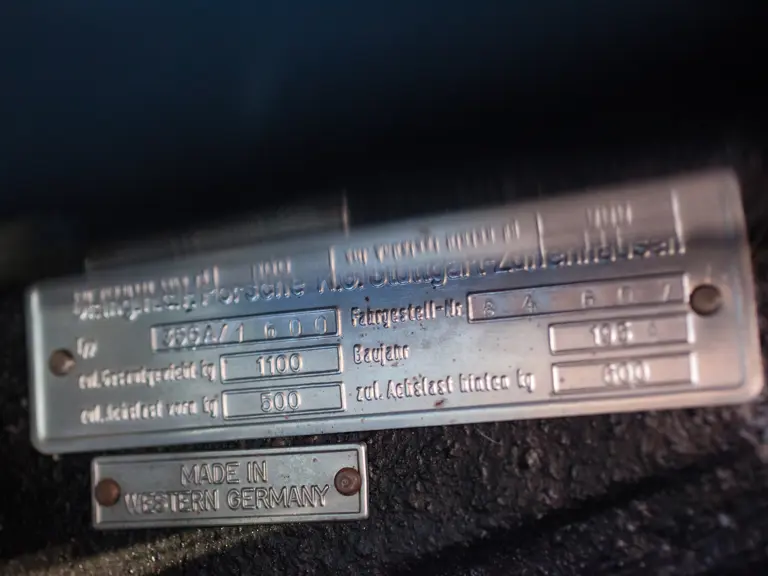

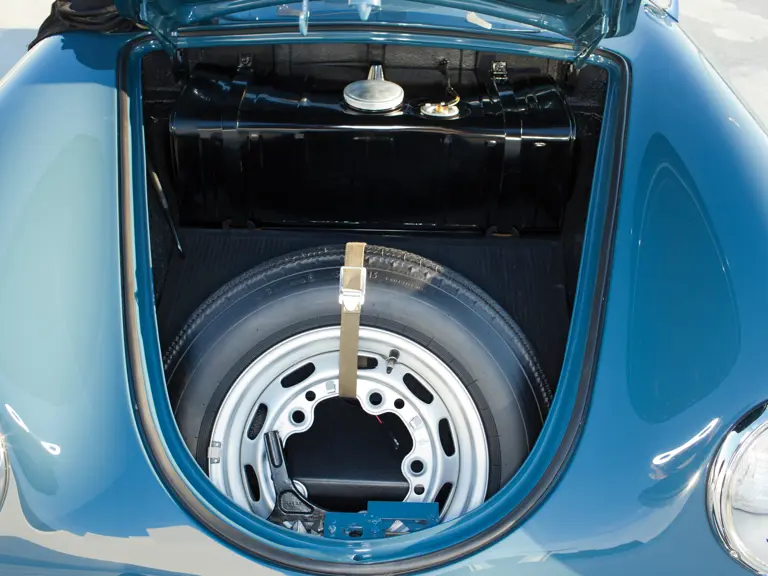
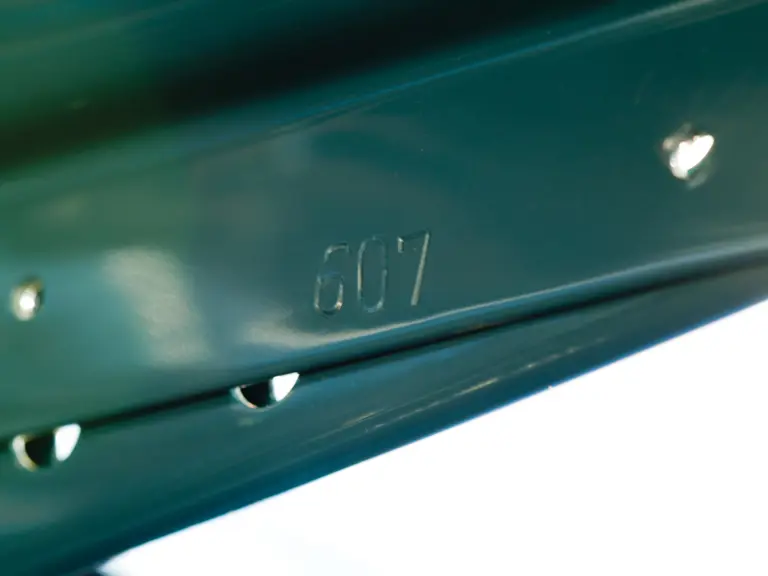
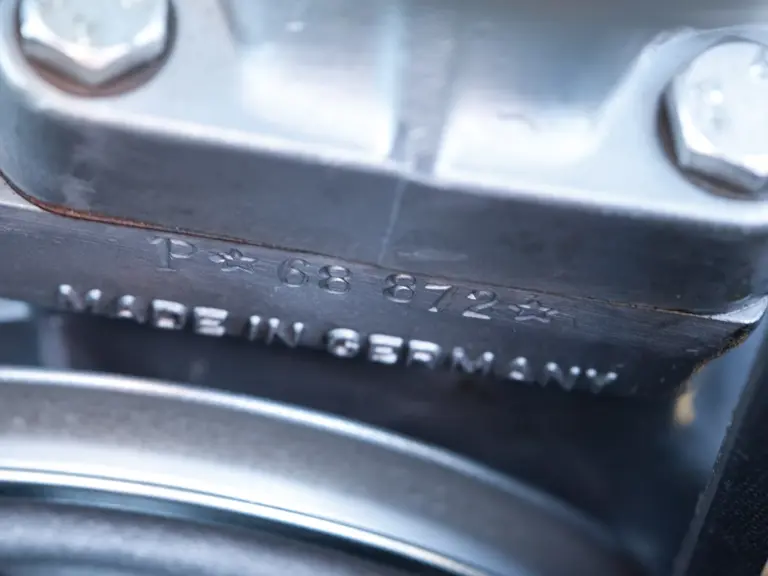
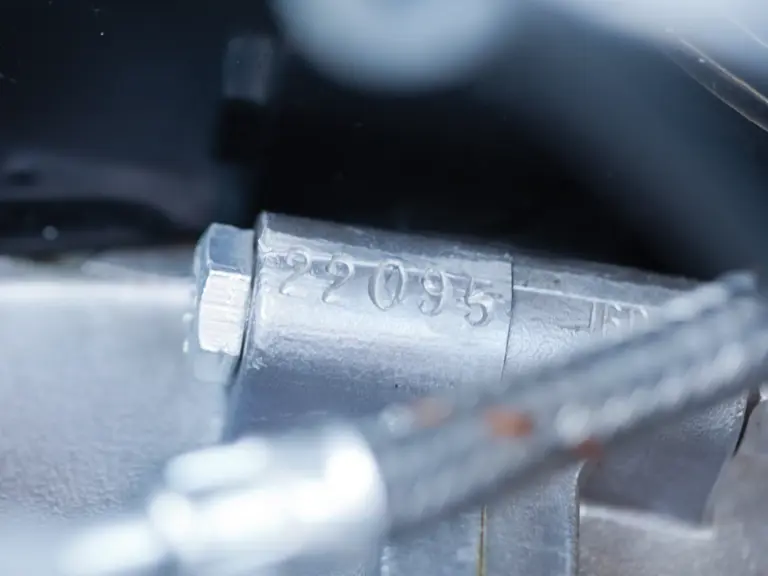
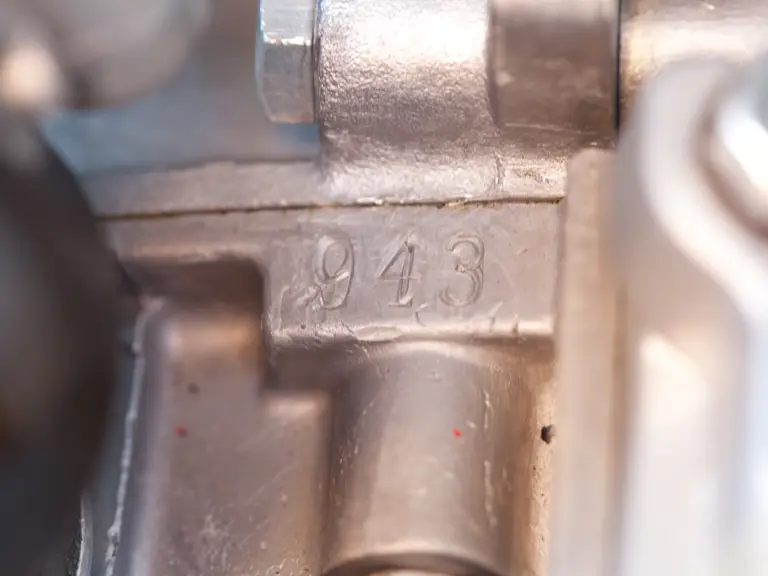
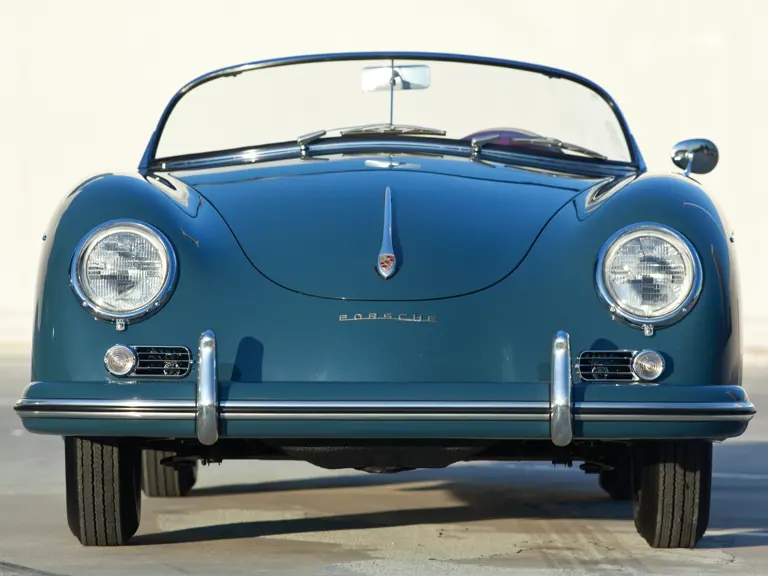
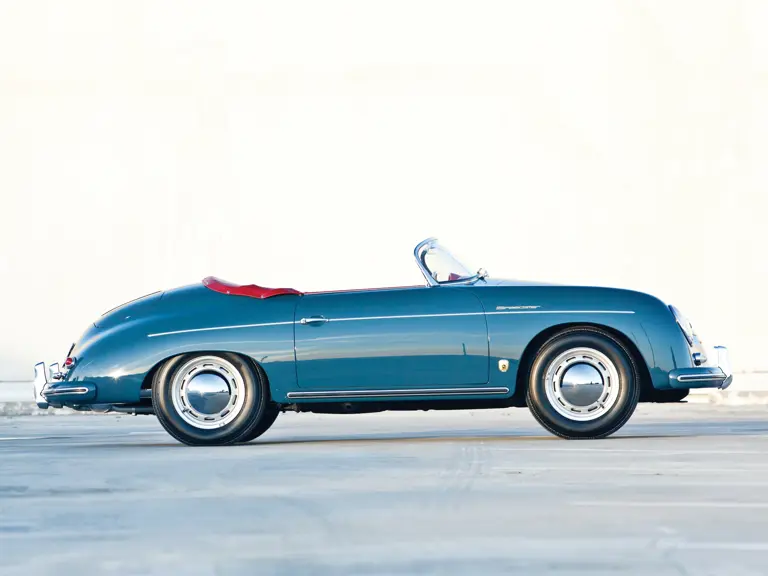
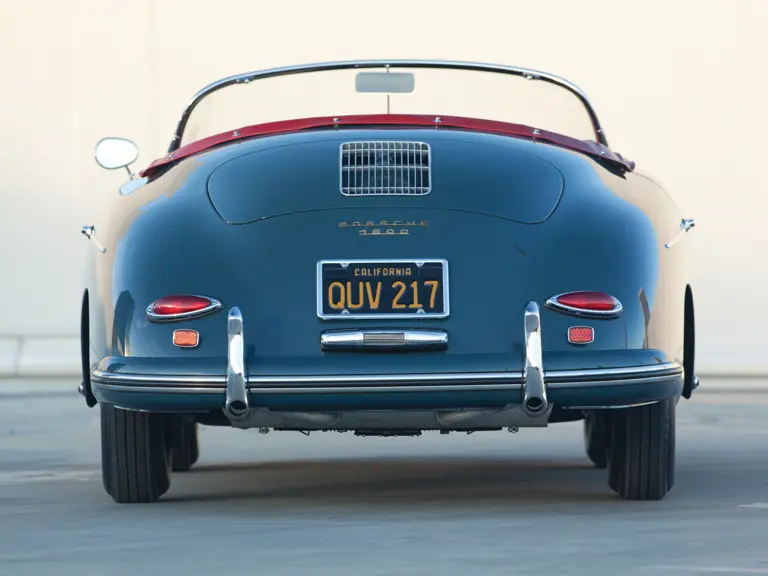
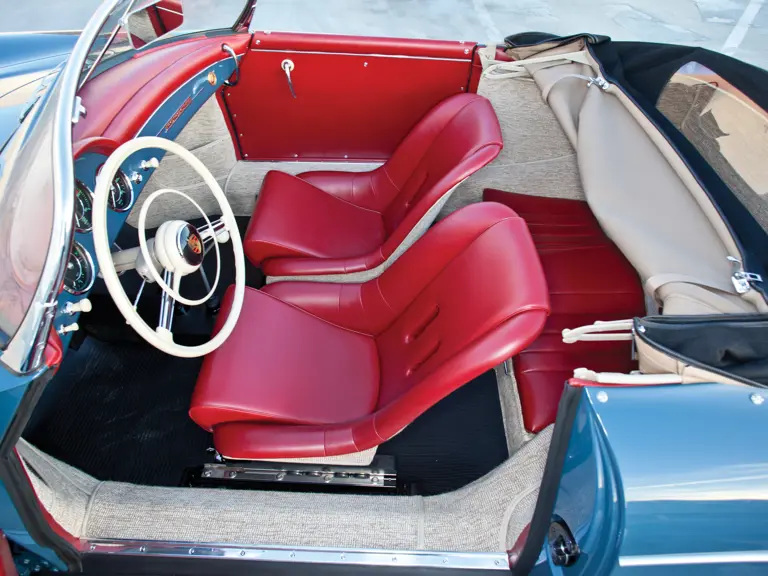
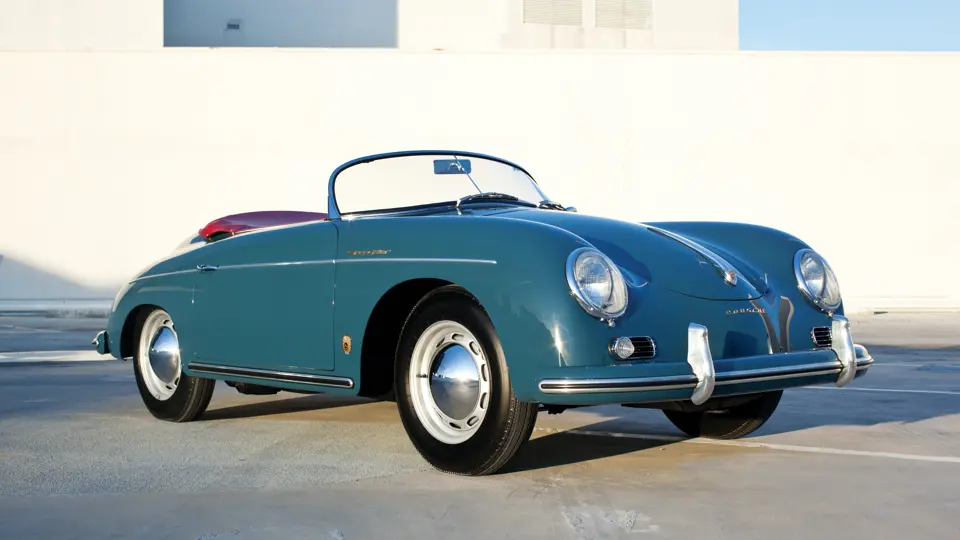
 | Phoenix, Arizona
| Phoenix, Arizona

